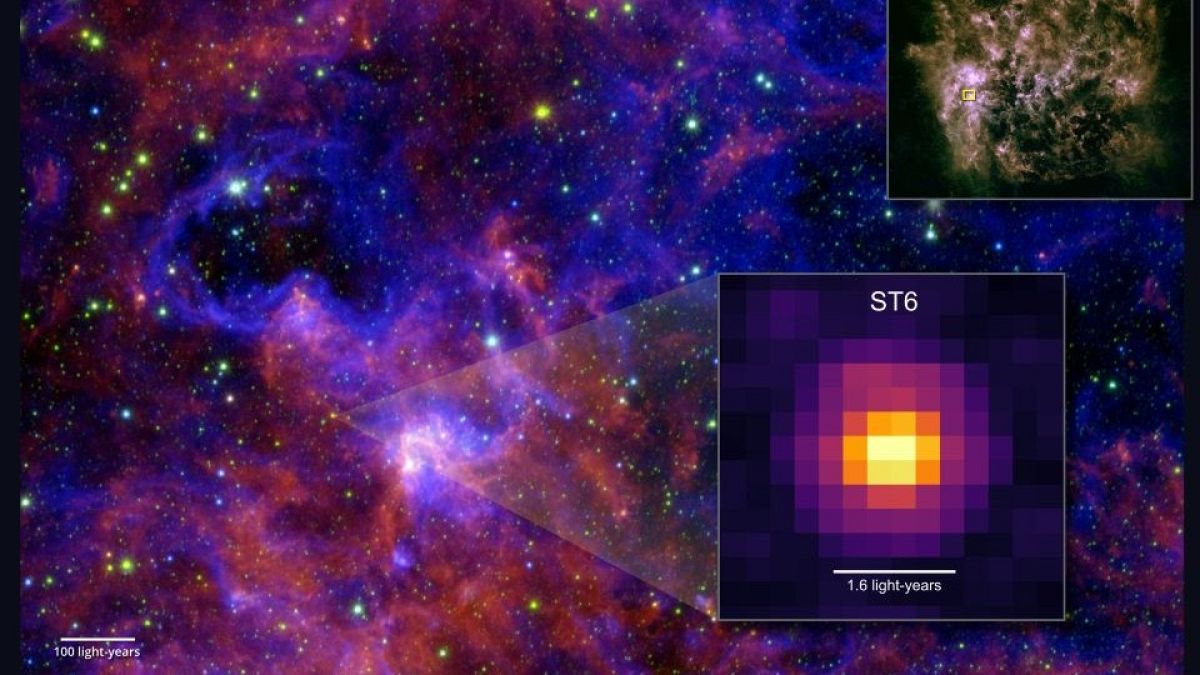Circle Strafe
NASA’s James Webb Space Telescope has spotted a tiny moon orbiting Uranus, expanding the number of the planet’s known satellites to 29.
In early February, the space observatory’s Near-Infrared Camera (NIRCam) caught the minuscule and still-unnamed object orbiting the gas giant at a distance of 35,000 miles.
“It’s a small moon but a significant discovery, which is something that even NASA’s Voyager 2 spacecraft didn’t see during its flyby nearly 40 years ago,” said Southwest Research Institute lead scientist Maryame El Moutamid in a NASA statement.
Scientists estimate the diminutive world is just six miles in diameter, which could explain why even our most sensitive equipment has missed it until now.
“No other planet has as many small inner moons as Uranus, and their complex inter-relationships with the rings hint at a chaotic history that blurs the boundary between a ring system and a system of moons,” said SETI Institute researcher and research team member Matthew Tiscareno. “Moreover, the new moon is smaller and much fainter than the smallest of the previously known inner moons, making it likely that even more complexity remains to be discovered.”
Ring Cycle
Its almost perfectly circular orbit has led the scientists to conclude that it must have formed somewhere near its current location.
Uranus’ 29 moons range significantly in size, with the largest, Titania, measuring 981 miles in diameter, making it the eighth-largest moon in the solar system. Before Voyager 2 visited Uranus, unveiling almost a dozen new moons, Miranda was considered the smallest, measuring 290 miles in diameter.
Scientists are still debating how Uranus’ moons came to be. Existing theories include material sticking together in the planet’s large accretion disk over time, or possibly a giant impact that knocked material loose.
At the time of Voyager 2’s visit, Uranus had 15 known moons. Additional observations since then, including help from NASA’s Hubble Space Telescope, have revealed more than a dozen new ones, which tend to be significantly smaller.
That makes the latest discovery all the more impressive, considering the newly spotted moon is only a fraction of the size of Miranda.
“It’s a tiny object right next to a very, very bright object,” SETI Institute researcher and team member Mark Showalter told New Scientist. “It’s like staring into the headlight of a car and trying to look at a fly.”
“The James Webb telescope is an extraordinary instrument that is vastly more sensitive than any other telescope that has ever existed, frankly,” he added.
More on Uranus: Scientists Say That Uranus Appears to Have a Girlfriend
Source link


